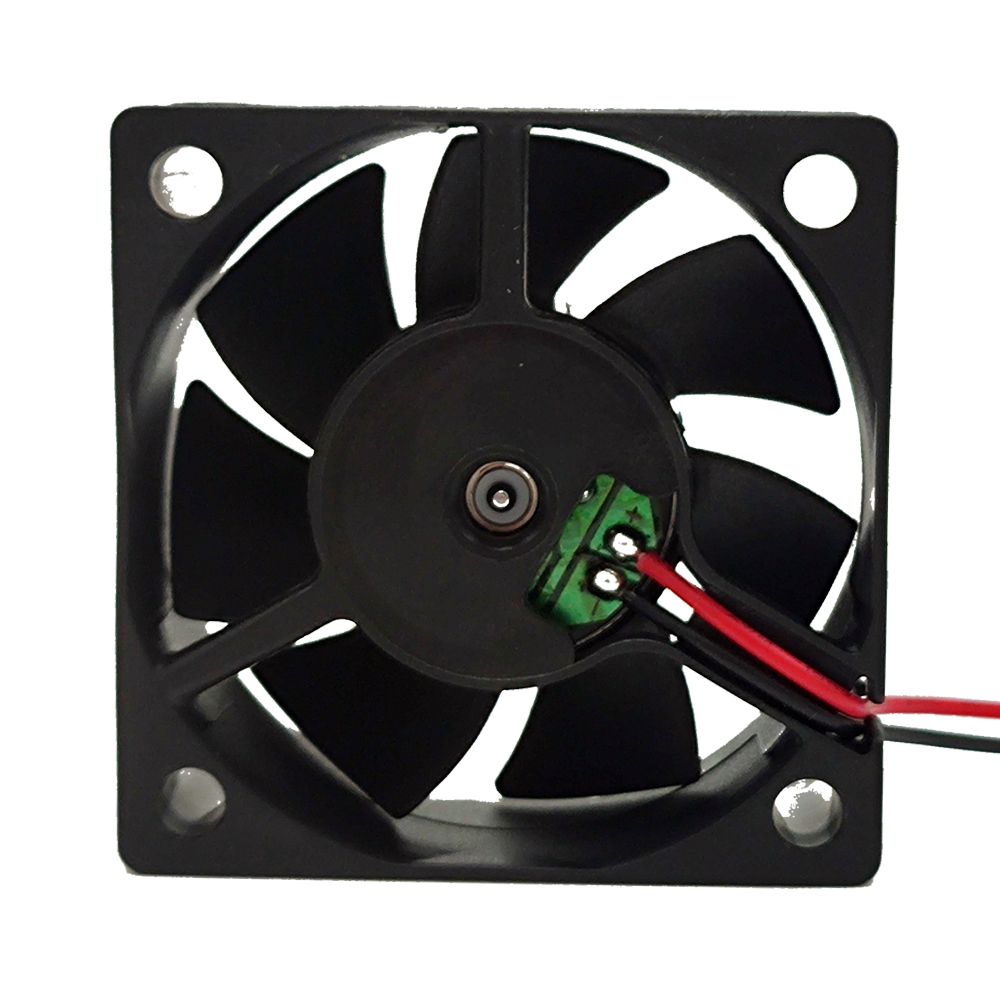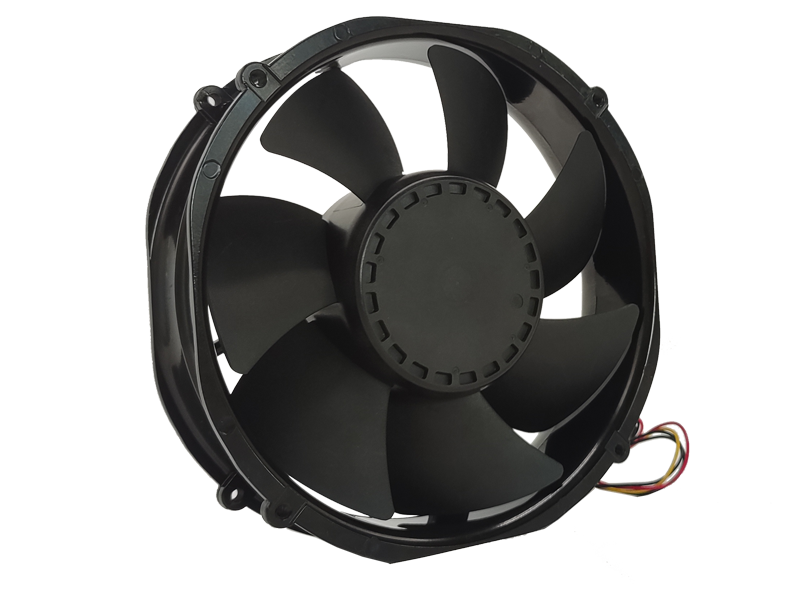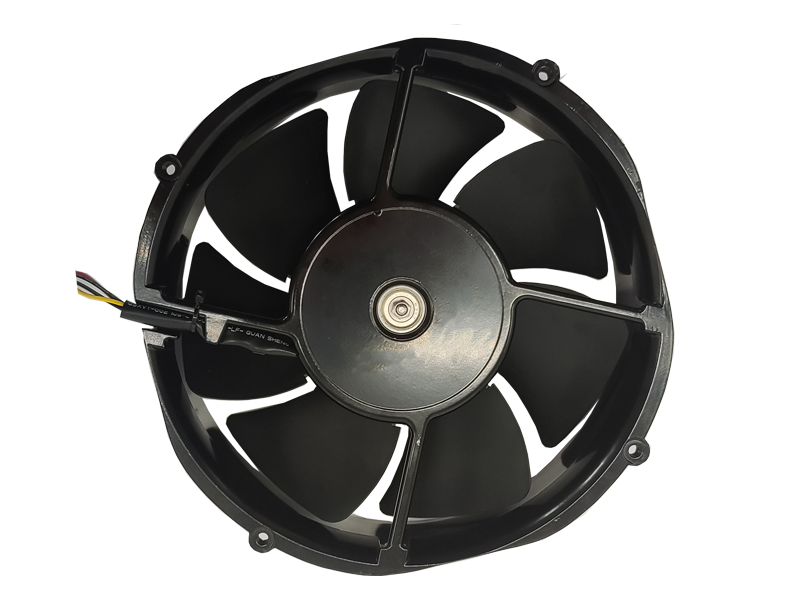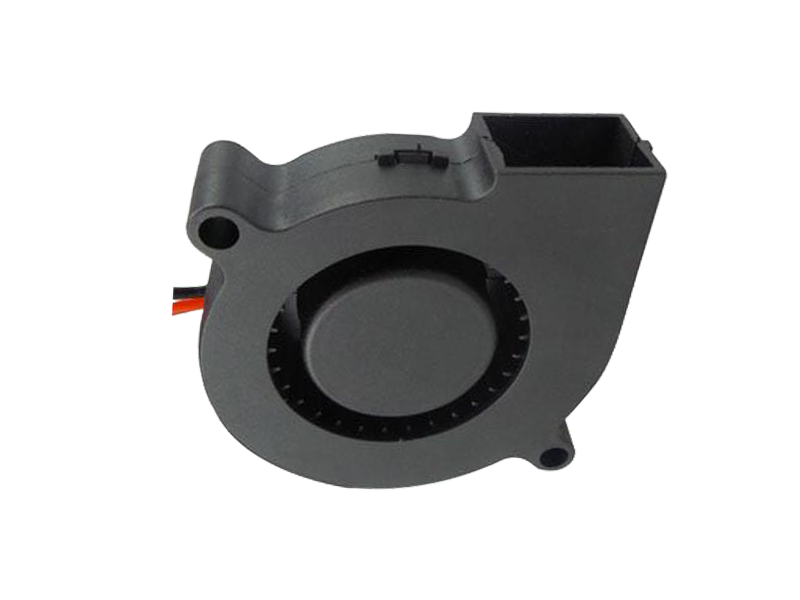Industrial fans are indispensable in a wide range of manufacturing and commercial applications, from ventilating large spaces to ensuring the optimal functioning of machinery. These fans are designed to handle large volumes of air at high efficiency, ensuring that industries can maintain temperature control, air quality, and operational safety. For product managers and engineers, the challenge lies in balancing multiple design factors—such as energy efficiency, durability, and performance—while ensuring that the fan meets specific industrial needs.
1. The Industrial Fan Market: Diverse Needs and Applications
The industrial fan market serves a variety of sectors, from HVAC systems in commercial buildings to ventilation in factories and warehouses. Each application has different needs, and product managers must tailor the design to meet the specific demands of the target industries.
Manufacturing Facilities and Warehouses
In manufacturing environments, air circulation is critical not only to ensure comfort for workers but also to protect sensitive machinery from overheating. For example, ventilation systems in factories that produce high heat or dust must be capable of managing large volumes of air while maintaining efficiency. Industrial fans in these settings must be durable, powerful, and capable of operating continuously without failure.
Agricultural Sector
The agricultural industry also relies on industrial fans, particularly in large-scale farming environments such as greenhouses, poultry farms, and livestock barns. These fans help regulate temperature and humidity levels, creating an ideal environment for plant growth or livestock health. Here, the efficiency of the fan is crucial, as energy costs in agriculture can be significant. Additionally, fans in agricultural settings must be designed to withstand environmental factors like high humidity or exposure to chemicals.
HVAC Systems for Commercial and Residential Buildings
In commercial buildings, such as office complexes or shopping malls, industrial fans are used in HVAC systems to ensure proper air circulation. For residential buildings, particularly in high-rise apartments or large homes, industrial fans can provide essential ventilation. These fans need to operate quietly, be energy-efficient, and fit within the design aesthetics of the building.
2. The Challenges of Industrial Fan Design: Efficiency, Noise, and Durability
Designing an industrial fan that can perform well across diverse applications is a complex task. Key design factors such as energy consumption, operational noise, durability, and air movement need to be carefully balanced. The success of an industrial fan is often determined by how well these parameters are managed.
Energy Efficiency
Industrial fans typically consume a lot of energy, especially when they are designed to handle large volumes of air. Energy costs are a significant concern for industries that rely on fans for 24/7 operations, and inefficiencies can lead to high operational costs. Product managers must ensure that industrial fans are optimized for energy efficiency without sacrificing performance. This can be achieved by using high-efficiency motors, aerodynamically designed blades, and advanced control systems that adjust the fan's speed based on real-time needs.
One promising approach is the use of variable speed drives (VSDs), which allow the fan’s motor speed to adjust in real-time to match the required airflow, minimizing energy consumption. By implementing such features, industrial fans can provide the necessary ventilation without running at full capacity all the time, leading to significant energy savings over time.
Noise Reduction
In many industrial settings, excessive noise is a significant issue. This is especially true in workplaces where employees work in close proximity to fans, such as in manufacturing plants, warehouses, or agricultural facilities. High noise levels can lead to hearing damage and overall discomfort, which can, in turn, affect productivity.
Product managers can address this challenge by focusing on materials, motor designs, and fan blade shapes that minimize noise. For example, quieter fans can be achieved by optimizing the blade design to create smoother airflow and reduce turbulence, which is often a major source of noise. Additionally, selecting motors with lower operating noise, such as brushless DC motors, can help in reducing overall noise levels.
Durability and Reliability
Industrial fans are typically subject to harsh working conditions. They may operate in environments with high temperatures, moisture, dust, or corrosive elements. As such, product managers must design fans that can withstand these challenging conditions without compromising their performance. This requires the use of durable materials, such as corrosion-resistant metals, and ensuring that the fan's bearings, motors, and blades are designed for long-term operation.
The reliability of an industrial fan is paramount—downtime due to fan failure can be costly for businesses. Product managers must ensure that the fan’s components are robust and that the overall design includes built-in redundancy or fail-safes. For example, fans designed for critical systems, such as server cooling, often incorporate backup systems or alarms to alert operators if the fan is malfunctioning.
3. Emerging Trends in Industrial Fan Design: Smart Technology and Automation
As industries continue to evolve, the demand for smarter, more efficient equipment grows. Industrial fans are no exception, and product managers must increasingly look to integrate new technologies into their designs to stay competitive in the marketplace.
Smart Fans with IoT Integration
The integration of Internet of Things (IoT) technology into industrial fans is an emerging trend that enables real-time monitoring and management of fan systems. With IoT-enabled fans, operators can monitor critical parameters such as airflow, temperature, and motor health remotely. This data can be used to optimize performance and preemptively address potential issues before they lead to failure.

For example, if a fan’s motor is beginning to show signs of wear, the system can send an alert to operators to schedule maintenance, reducing the likelihood of unexpected downtime. Additionally, IoT-enabled fans can be integrated into larger smart building systems, enabling automated control of HVAC systems based on real-time environmental data, thus optimizing energy efficiency and comfort.
Advanced Blade and Motor Technology
Another significant trend is the ongoing advancement in motor and blade technology. High-efficiency motors, including permanent magnet synchronous motors (PMSMs), are becoming more common in industrial fans due to their ability to deliver greater performance with less energy consumption. Similarly, improvements in blade aerodynamics allow for better airflow and quieter operation, making fans more efficient and easier to integrate into a variety of environments.
Sustainability and Eco-Friendly Materials
With an increasing focus on environmental sustainability, there is a growing demand for industrial fans that are designed with eco-friendly materials and practices. Product managers are now seeking ways to reduce the environmental impact of industrial fans by using recyclable materials, reducing energy consumption, and minimizing waste during production. Additionally, designing fans that comply with green certifications, such as Energy Star or other regional standards, is becoming more important in attracting environmentally conscious customers.
4. Conclusion: The Future of Industrial Fan Design
As industries continue to face pressure to increase efficiency, reduce costs, and meet sustainability targets, industrial fan design must evolve. Product managers play a critical role in ensuring that industrial fans not only meet the immediate needs of customers but also anticipate future requirements. By focusing on efficiency, durability, noise reduction, and integrating smart technologies, industrial fans will continue to be an essential part of industrial operations. With the right design and innovations, industrial fans will not only perform optimally but also contribute to creating more sustainable and comfortable working environments.
Recommended Products

The main purpose:Car charging station

The main purpose:Car charging station

The main purpose:Electronic refrigerators, water dispensers, direct drinking machines, inverter power supplies
Address:No. 4137, Longgang Avenue (Henggang Section), Henggang Community, Henggang Street, Longgang District, Shenzhen
hotline:13530005572(Chen)15112579390(Li)


Welcome all friends to come for consultation and negotiation.
Copyright 2024 @ Shenzhen Youneng Xinyuan Electronics Co., Ltd.,(industrial fans,industrial blowers,axial fans,cooling fans manufacturer,centrifugal fans,ac cooling fans,dc cooling fans)